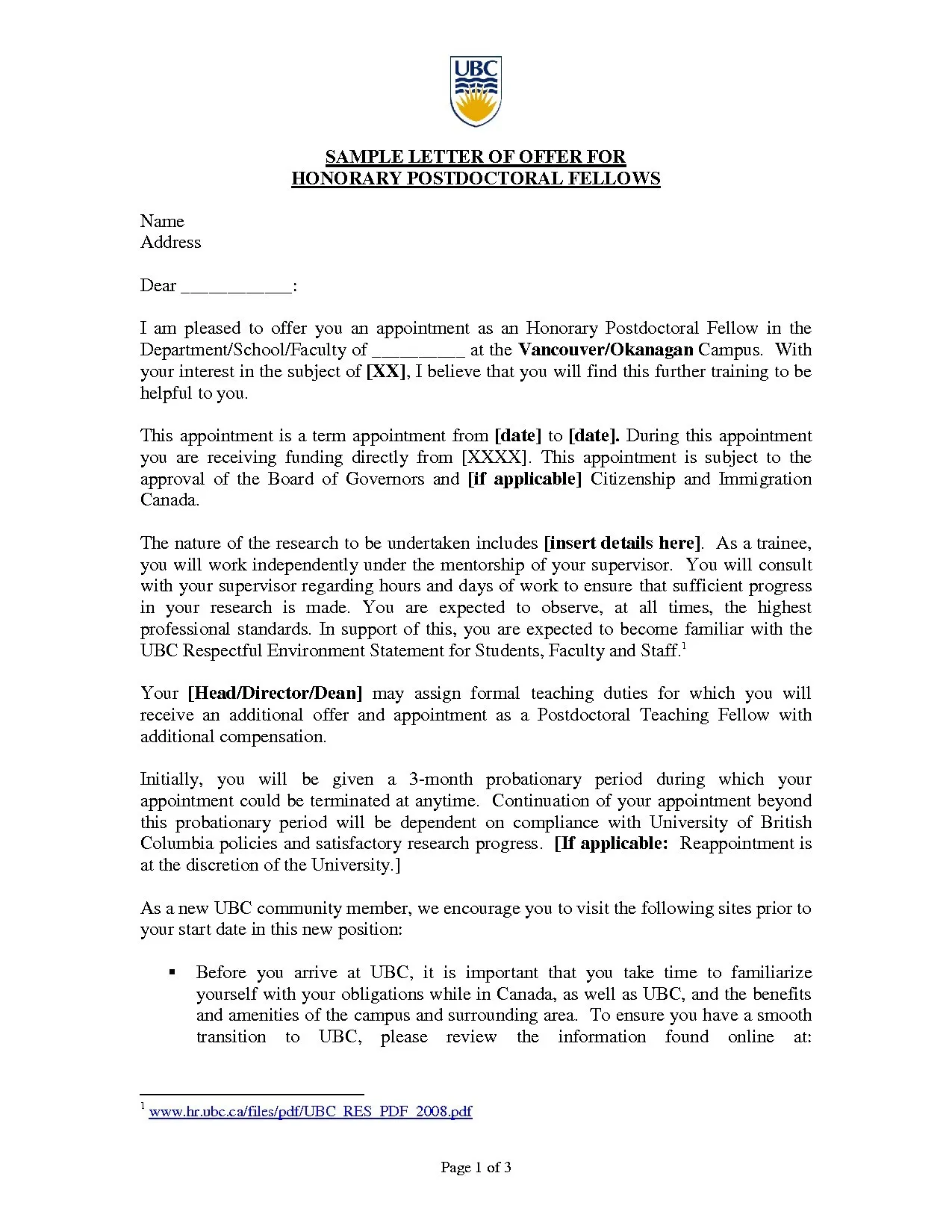What is a Postdoc Cover Letter
A postdoc cover letter is a crucial document that accompanies your application for a postdoctoral position. It serves as your introduction to the hiring committee, providing an opportunity to highlight your qualifications, research experience, and suitability for the specific role. Unlike a resume or CV which lists your accomplishments, the cover letter allows you to tell a story, connecting your past experiences to the future opportunity. A well-crafted cover letter significantly increases your chances of securing an interview and ultimately landing the position, making it an essential part of your application process.
Why a Cover Letter is Essential
While your CV provides a detailed account of your academic and research background, the cover letter gives you a platform to showcase your personality, motivations, and how you uniquely fit the position. It allows you to tailor your application to the specific requirements of the job and the research interests of the hiring professor or committee. The cover letter is an opportunity to articulate why you are interested in this specific postdoc position, what you can bring to the research group, and what you hope to achieve. It also serves as a writing sample demonstrating your communication skills, which are vital in academia.
Key Components of a Winning Postdoc Cover Letter
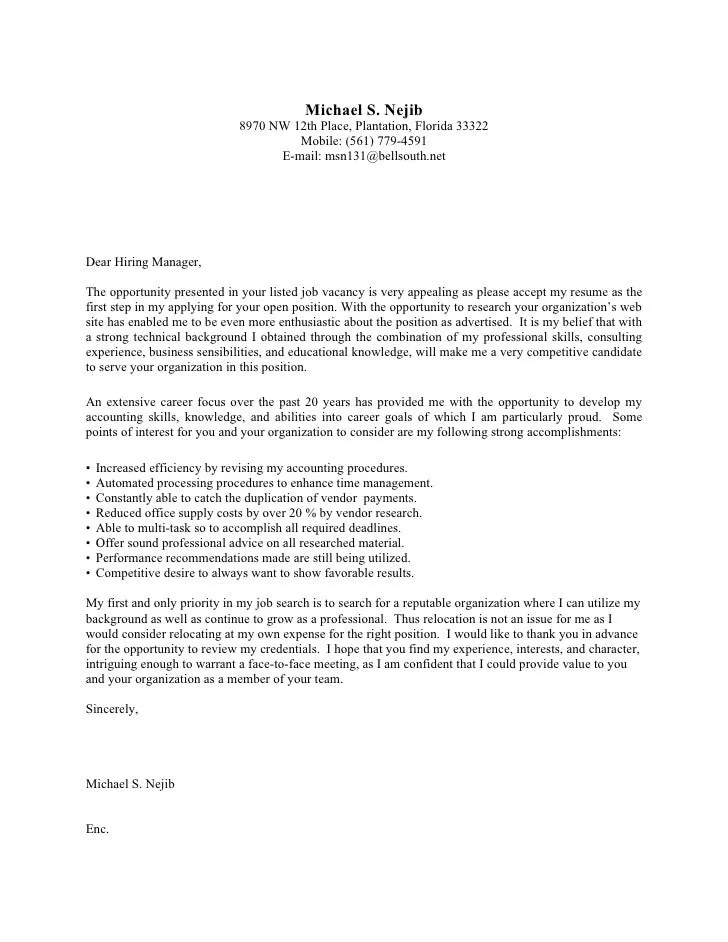
Your Contact Information and Date
Start your cover letter with your full name, contact information (email address and phone number), and the date. This information should be clearly displayed at the top of the letter, allowing the reader to easily identify you and know how to reach you. Ensure your email address is professional and that your phone number is up-to-date and accessible. The date indicates when the letter was written and submitted.
Addressing the Hiring Committee or Professor
If possible, address the cover letter to a specific person, such as the professor leading the research group or the hiring committee. Research the department and the principal investigator to find their name and use it in the salutation. Addressing the letter to a specific person demonstrates that you have done your homework and are genuinely interested in the position. If you cannot find a specific name, use a generic greeting like “Dear Hiring Committee” or “Dear Professor [Last Name]” when available. Avoid generic greetings like “To Whom It May Concern”.
Opening Paragraph Hook
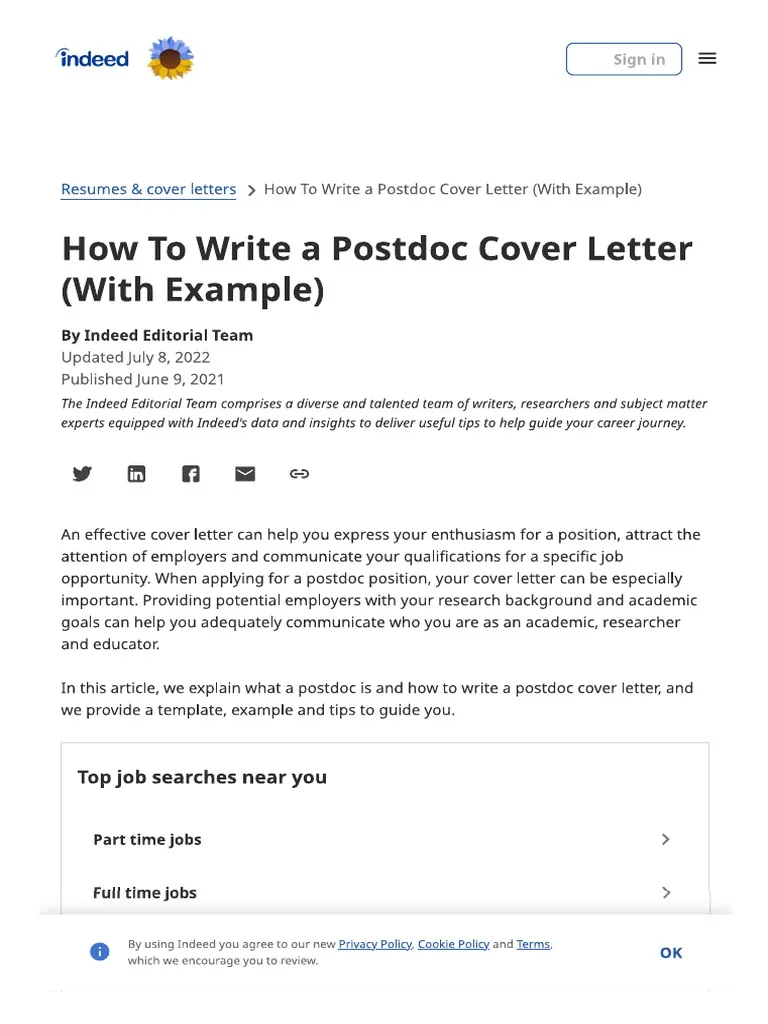
The opening paragraph is your opportunity to grab the reader’s attention and make a strong first impression. Start by clearly stating the position you are applying for and where you saw the advertisement. Briefly mention your most relevant qualification or achievement to pique the reader’s interest. State your enthusiasm for the opportunity and mention why you are particularly interested in this specific research group or project. Be concise, enthusiastic, and show your personality and eagerness to contribute.
Highlight Your Research Experience
This section is the heart of your cover letter. Provide a concise overview of your research experience, emphasizing the skills and knowledge relevant to the postdoc position. Focus on projects that align with the research group’s interests, and highlight your contributions to these projects. Explain the methodologies you used, the results you achieved, and any publications or presentations resulting from your work. Make sure to use keywords from the job description to demonstrate that your skills match the requirements of the position. Tailor this section to each application, ensuring that the experiences you highlight are most relevant to the advertised role.
Quantify Your Achievements
Whenever possible, quantify your achievements. Use numbers, percentages, and data to provide concrete evidence of your accomplishments. For instance, instead of saying “I improved the efficiency of the process”, state “I improved the process efficiency by 25%.” Quantifiable achievements make your claims more credible and demonstrate the impact of your work. Include information on publications, grants, awards, and other forms of recognition to show your impact.
Showcase Your Skills and Expertise
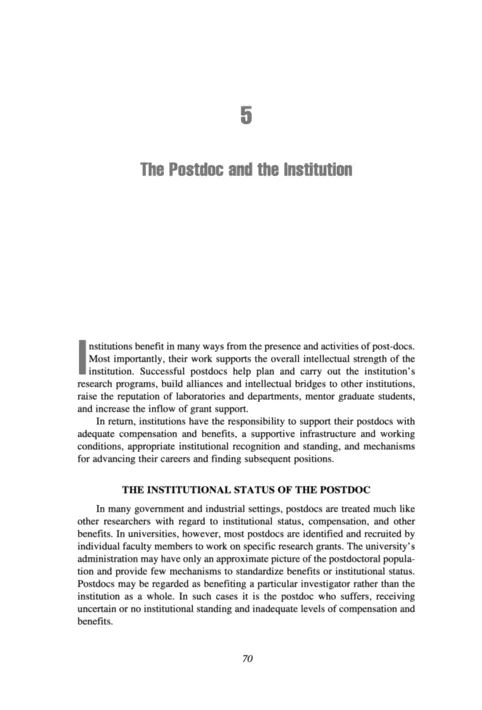
Clearly state the skills and expertise you possess that are relevant to the postdoc position. Go beyond listing skills; provide examples of how you have used these skills in the past. Mention any specific techniques, software, or equipment you are proficient in. Highlight transferable skills, such as project management, data analysis, communication, and problem-solving, that are also valuable in a research environment. Showcase how your skills will help you contribute to the research group and achieve its goals.
Demonstrate Alignment with the Research Group
Research the research group and its current projects thoroughly. In your cover letter, demonstrate that you understand their work and how your research interests align with theirs. Explain why you are specifically interested in working with this group and how you can contribute to their ongoing research. Mention specific publications or projects that resonate with you. The goal is to show that you have carefully considered the opportunity and that you see a clear fit between your skills and the research group’s goals. Highlight any mutual research interests or potential collaborations.
Express Enthusiasm and Professionalism
Throughout your cover letter, express enthusiasm for the position and the opportunity to contribute to the research. Maintain a professional tone and use clear, concise language. Avoid jargon that the hiring committee may not be familiar with and proofread meticulously for any errors in grammar and spelling. Your cover letter reflects your professionalism, which is vital for success in an academic setting.
Closing Paragraph and Call to Action
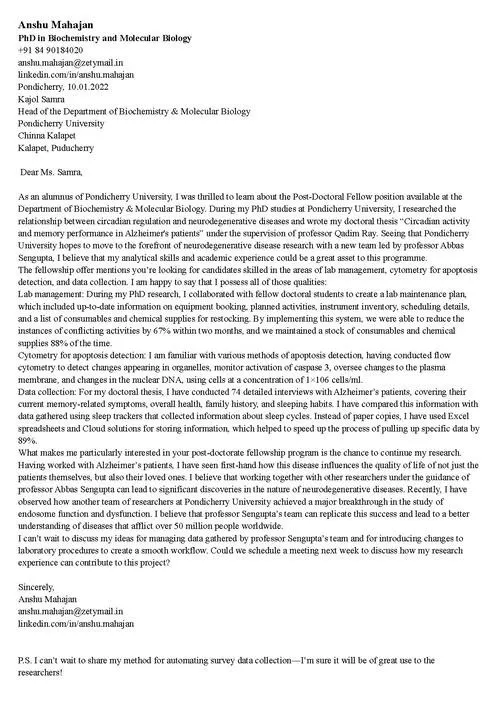
In your closing paragraph, reiterate your interest in the position and thank the hiring committee for their time and consideration. Include a call to action, such as expressing your availability for an interview and how you can be reached. Reiterate your key qualifications and express your excitement about the opportunity to contribute to the research group’s work. Be polite, professional, and leave a positive lasting impression.
Formatting Your Cover Letter
Font Selection and Readability
Choose a professional and readable font, such as Times New Roman, Arial, or Calibri. The font size should be between 11 and 12 points to ensure the text is easy to read. Use clear formatting, including appropriate spacing between paragraphs and sections. This helps to break up the text and make it more visually appealing. Avoid overly decorative fonts, which can distract the reader and detract from the content. Ensure the letter is neat, well-organized, and easy to scan. Make it easy for the reader to quickly grasp the key points.
File Format and Submission
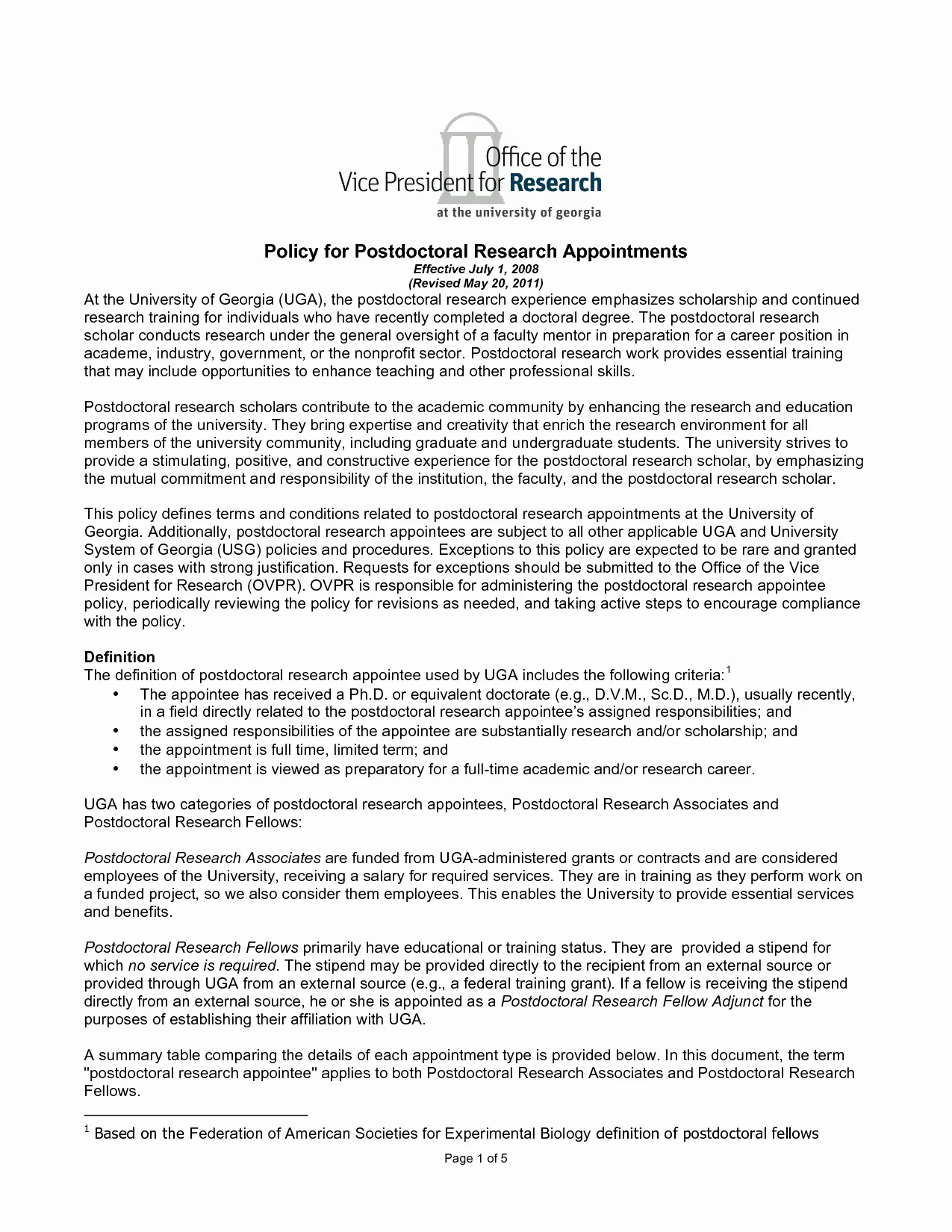
Save your cover letter as a PDF file unless otherwise specified in the job posting. PDF files maintain the formatting across different devices and operating systems. Make sure the file name includes your name and the position you are applying for (e.g., “JohnDoe_PostdocApplication.pdf”). Always carefully follow the instructions provided in the job advertisement regarding how to submit your application. Ensure you submit your cover letter along with your CV and any other required documents.
Postdoc Cover Letter Examples
Example 1 Molecular Biology
A sample cover letter for a molecular biology postdoc should highlight expertise in molecular cloning, PCR, gene expression analysis, and experience with specific model organisms. It should align with the research of the target lab and emphasize the candidate’s contributions to past research projects, as well as their ability to work in a team and independently. Ensure that this cover letter highlights publications, grants, and awards. This is where you can stand out by showcasing your achievements and making a strong case for yourself.
Example 2 Data Science
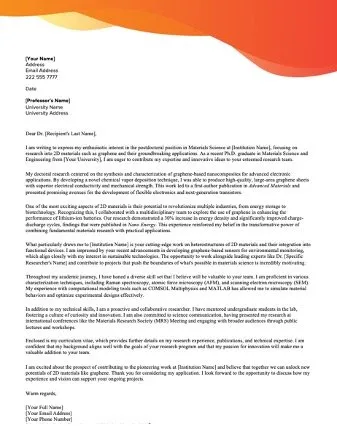
A data science postdoc cover letter should emphasize skills in data analysis, machine learning, statistical modeling, and programming languages like Python and R. The candidate should highlight experience with relevant datasets and methodologies and connect these skills to the specific needs of the hiring lab. The cover letter should show how you are able to use data to drive conclusions and offer insights that can lead to new research and discovery. Be specific about which datasets and methods you are expert in and how they can be applied to the current project.
Review and Proofreading
Before submitting your cover letter, carefully review it for any errors in grammar, spelling, punctuation, and formatting. Proofread the document several times, and consider having a colleague, mentor, or career counselor review it as well. Fresh eyes can often catch mistakes that you might have missed. Make sure that your cover letter is free of typos and that it flows logically. A polished cover letter indicates attention to detail and professionalism, which are essential qualities for a successful postdoc candidate.
Common Mistakes to Avoid
Typos and Grammatical Errors
Typos and grammatical errors are some of the most common mistakes that can undermine your application. They create a negative impression, suggesting a lack of attention to detail. Always proofread your cover letter carefully, and use spell-check and grammar-check tools. Consider asking someone else to review your letter for any errors you might have overlooked.
Generic or Non-Targeted Letters
Avoid sending generic cover letters that are not tailored to the specific position and research group. Generic letters lack the personalization and enthusiasm that hiring committees seek. Always customize your cover letter to highlight your specific qualifications and demonstrate your interest in the particular opportunity. Take the time to research the research group and address the specific requirements of the job description.
Failing to Proofread Your Application
Failing to proofread your application is a major mistake that can significantly decrease your chances of being selected. Proofreading is critical to ensuring your cover letter is professional, error-free, and ready to be read by the hiring committee. Make proofreading a priority and proofread every part of your application meticulously. Ensure that there are no errors to make the best possible impression. Proofreading is one of the most important steps to take to make your application perfect.
